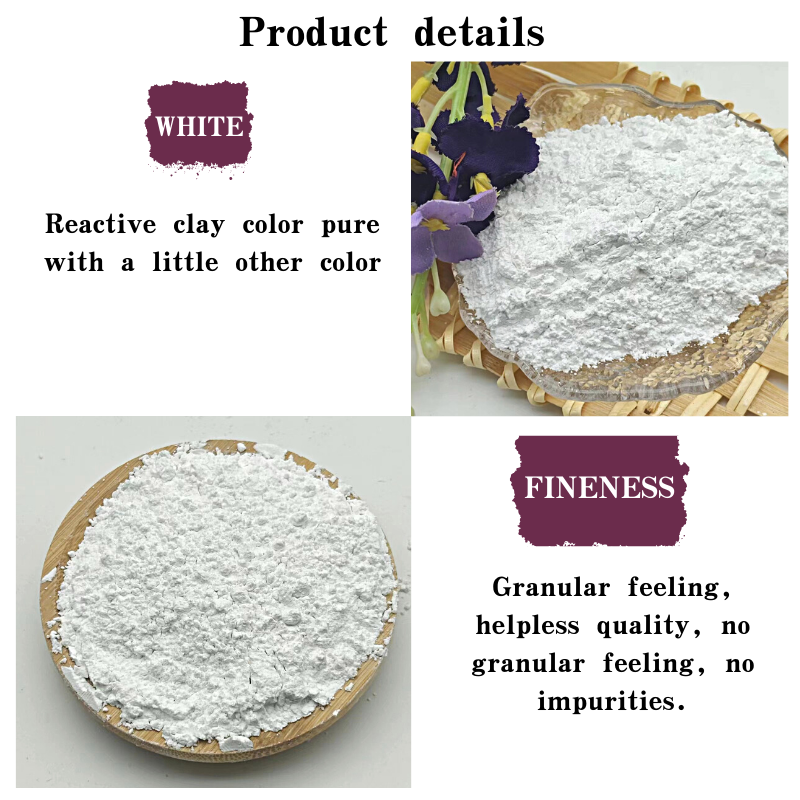
High-Quality Fly Ash Boards for Sustainable Construction
Fly Ash Boards An Innovative Approach to Sustainable Construction
In the quest for sustainable building materials, fly ash boards have emerged as a cutting-edge solution that combines environmental responsibility with performance and aesthetics. Fly ash, a byproduct of coal combustion in power plants, is increasingly being utilized to produce high-quality boards that can replace traditional wood and plastic materials in various construction applications. This article explores the benefits, manufacturing process, applications, and future prospects of fly ash boards in the construction industry.
What are Fly Ash Boards?
Fly ash boards are composite boards made from fly ash, an inorganic residue resulting from the combustion of pulverized coal. When mixed with water and a binding agent, fly ash can be molded into boards that boast impressive physical properties. These boards are lightweight, durable, and resistant to moisture, fire, and pests, making them ideal for a wide range of applications in construction.
Environmental Benefits
One of the most significant advantages of using fly ash boards is their positive environmental impact. The use of fly ash in construction reduces the need for landfill disposal of this industrial waste, thus minimizing environmental pollution. Moreover, the production of fly ash boards requires less energy compared to that of traditional materials, helping to reduce greenhouse gas emissions. By substituting conventional materials with fly ash boards, the construction industry can contribute to a circular economy, where waste is transformed into valuable resources.
Manufacturing Process
fly ash boards

The manufacturing process of fly ash boards begins with the collection and processing of fly ash from power plants. The fly ash is then mixed with a binding agent—often a polymer or cement—along with additives to enhance the board’s performance. After thorough mixing, the mixture is formed into panels under controlled conditions of temperature and pressure. The resulting boards are cured and tested for quality to ensure they meet industry standards.
Applications
Fly ash boards can be used in various applications, including wall panels, flooring, ceilings, and furniture. Their versatility allows architects and designers to create innovative and sustainable building solutions. Additionally, because they can be produced in different sizes and finishes, fly ash boards can cater to diverse aesthetic preferences, from modern minimalism to traditional designs.
Future Prospects
As the construction industry faces pressures to adopt more sustainable practices, the demand for eco-friendly materials like fly ash boards is expected to grow. Research and development are underway to enhance the properties of these boards, making them even more competitive with traditional materials. Innovations in technology may lead to custom formulations that improve strength, durability, and resilience, further expanding their applications.
Conclusion
In summary, fly ash boards represent a significant advancement in sustainable construction materials. Their environmental benefits, coupled with their versatility and durability, make them an attractive choice for builders and architects alike. As the focus on sustainability intensifies within the construction industry, the adoption of fly ash boards is likely to increase, paving the way for a greener, more responsible future in construction. Embracing such innovative solutions will not only help reduce our ecological footprint but also contribute to the development of a more sustainable built environment.
Share
-
Premium Pigment Supplier Custom Solutions & Bulk OrdersNewsMay.30,2025
-
Top China Slag Fly Ash Manufacturer OEM Factory SolutionsNewsMay.30,2025
-
Natural Lava Rock & Pumice for Landscaping Durable Volcanic SolutionsNewsMay.30,2025
-
Custom Micro Silica Fume Powder Manufacturers High-Purity SolutionsNewsMay.29,2025
-
Custom Mica Powder Pigment Manufacturers Vibrant Colors & Bulk OrdersNewsMay.29,2025
-
Custom Micro Silica Fume Powder Manufacturers Premium QualityNewsMay.29,2025






